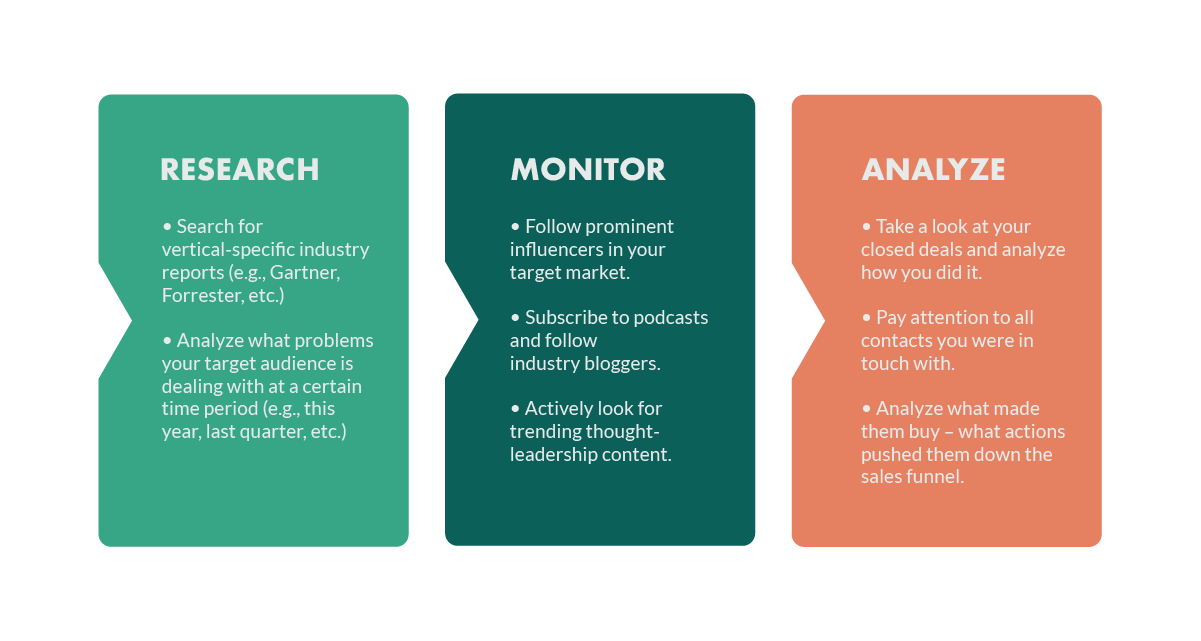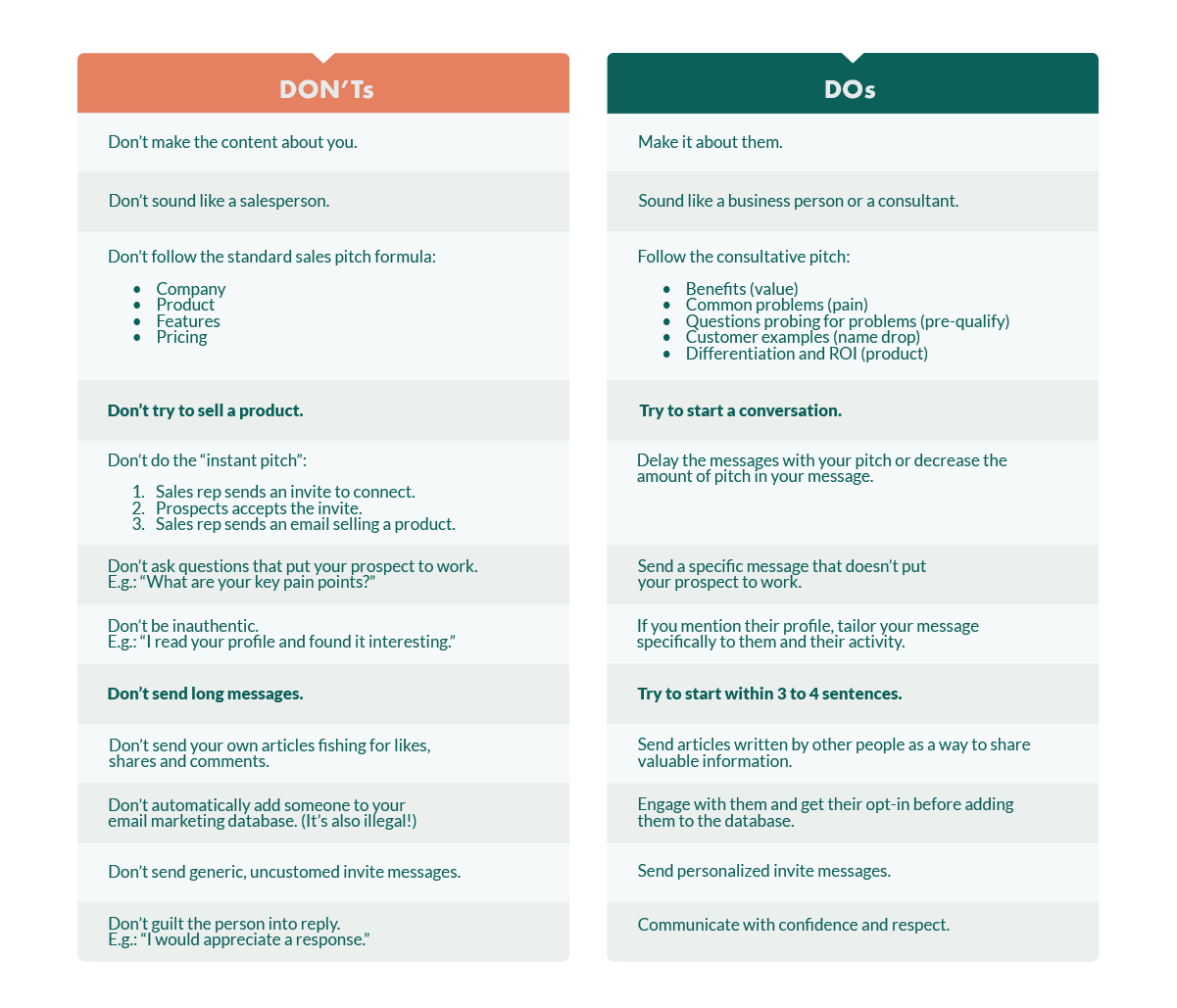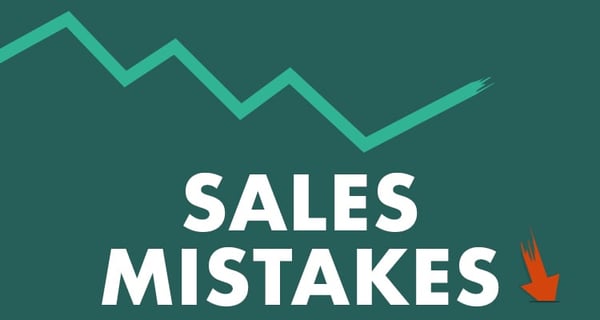I know – prospecting is hard. And salespeople hate it. ☹️
In fact, more than 40% of sales reps consider prospecting the most challenging stage of the sales process.
At the same time, prospecting is one of the most important parts of sales. Without it, your sales pipeline won’t be filled with sales opportunities. And the more opportunities (aka quality leads) you have in your pipeline, the more chances you have to close deals.
So, what can be done?
To find out more about the secrets to becoming a professional in prospecting, I decided to talk to an expert – a person who claims he is able to create a meeting with a new prospect every 50 minutes! 😮
I reached out to Thibaut Souyris, CEO and Founder at SalesLabs, who has developed an actionable Outreach System that helps sales teams reach a 38% reply rate and an 11% meeting rate on their outbound efforts.
Luckily, Thibaut kindly agreed to share his successful prospecting framework with me.
But, before I continue with talking about the tips that Thibault revealed, you may be wondering – why are we focusing on LinkedIn?
To do prospecting, you need a communication channel and prospects’ contact information.
LinkedIn is the most used professional network all over the world. It’s ridiculously easy to find prospects and connect with them through the platform. For B2B companies, LinkedIn should be the first place to go to get started with prospecting activities.
At first, Thibaut used to mix LinkedIn and email outreach for prospecting. But soon he concluded that focusing on LinkedIn allowed him to deliver a more consistent experience and better results.
So, here are the key tips on how to prospect like a pro on LinkedIn. 🤓
1. Know your ICP and their problems
Thibaut started with the importance to do the groundwork, i.e. to understand your ideal customer profile (ICP).
He explained: “An ideal customer profile is a mix of types of people [or companies] you want to talk to [...] You may go after a specific type of organization, say, a startup with over 50 employees. Then, you need to talk to a specific person in the organization – a VP, CRO, etc. – which I call ‘primary targets’ or ‘champions’.”
Thibault stressed that defining ICPs’ hobbies or marital status (what sales teams often do when outlining ICPs) won’t help to fill your pipeline with relevant leads! Instead, it’s critical for B2B companies to clearly identify the following three things:
- their target vertical and company type,
- the job titles of people they want to go after,
- the problems that these people and organizations care for.
Determine your ideal customer company
You need to be very specific with your ideal customer company to succeed in sales prospecting. When identifying those, you should be able to answer the following questions:
- Which verticals do your customers represent?
- What’s your ideal customer company size?
- How long have they been in the market?
- Which countries do they operate in?
Once you have determined the target vertical, you can proceed with finding the champions.
Identify job titles of people you want to reach out
When you deal with prospecting, you need to focus on finding champions, not decision-makers, advised Thibaut.
Champions are the people that have faced the problem you want to help them solve and are most interested in propelling the deal forward. Although these people aren’t necessarily involved in signing off purchase approvals, they have a major influence over the decision-making process.
While decision-makers are usually C-level specialists that care for strategic problems, champions are people dealing with more specific tasks, like directors, managers, etc. These are people you’ll need to reach out to in the first place and make them advocate for your product or service!
Define the problems they care for
“Once I have an idea of who my primary target is and have identified my champions, I’m going to try to find what problems they care for,” explained Souyris.
There are plenty of ways for you to determine your customers’ pain points. These are the easiest and most effective ways, according to Thibaut:

2. Use digital footprint to find triggers
You can’t expect every person or organization that matches your ICP to experience the problem that your solution solves. So, you should find triggers that indicate that your potential customer might be interested in speaking with you.
LinkedIn eliminates the guesswork and lets you track your prospects’ digital footprint in only two steps:
- Find influence content. “Try to find someone who attracts the customers you want to talk to,” recommended Thibaut. Follow thought-leaders and influencers in your niche – in their posts, they’re most likely to cover topics that are relevant to your product or service.
- Analyze their social engagement. Whenever these people share relevant content, you should go and check out who has interacted with it. If these people fit with your ICP, reach out to them using the post as a trigger.
3. Build an outreach sequence
As a result of continuous testing, Thibaut built a 5-step prospecting action sequence. You can use this tried-and-tested template as a basis for building your own, customized flow.

And as you make your way toward a perfect prospecting sequence, stick to the following best practices:
Know your touchpoints
The first step is building your sequence skeleton.
Depending on who you’re selling to, you might go for a 6-step sequence or need to add more touchpoints.
As we’re focusing on LinkedIn prospecting, the first touchpoint is always a so-called “soft connect”. LinkedIn won’t let you write a long message to a person you aren’t connected with. That’s why it’s best to send a connection request with or without a short personalized note.
Thibaut advised to leave your connection request without any note if you can’t come up with an appealing message.
Create a cadence
How many days should pass between each touchpoint? For Thibaut, the wait time is two business days, so the entire outreach sequence takes approximately two weeks.
Such a cadence allows a sales rep to send three messages per week without making it feel intrusive.
Prepare scripts
You don’t have to reinvent the wheel every time you reach a new prospect. Build standard scripts that you can build your personalized prospecting messaging upon.
To create scripts that trigger replies, Thibaut recommended to treat your outreach messages as landing pages. “A simple landing page usually includes a problem statement, solution, testimonials or social proof, and an FAQ. I’m using a similar structure for my scripts,” he said.
Here is something I’d like to add personally. According to Michael Halper, Founder and CEO of SalesScripter, there are some dos and don’ts when it comes to the content of messages you send on LinkedIn.

Thibaut also suggested a way to prevent your messages from looking boring and obsessive. For example, you can use different types of content in your sequence. On the LinkedIn app, you can diversify your outreach messages with voice notes. Also, it’s good to attach videos or PDFs helping prospects to better understand the problem and potential solutions.
4. Navigate the conversation
If your sequence works, you receive a reply. What happens next?
Now, you can tease your prospect’s interest by sending a reciprocity resource. At this point, make sure you have a relevant marketing resource like a webinar, whitepaper, or a template that you can share with them.
After giving the prospect some time to explore the resource, navigate the conversation and follow up by asking about their opinion on it and encouraging them to tell more about their struggles.
5. Practice a prospecting routine
To build a stable pipeline with prospecting, you need to take a consistent effort.
“If you do everything I’ve suggested, but you don’t build a prospecting routine, you’re going to fail,” warned Thibaut. Building a prospecting habit isn’t difficult:
- Set prospecting targets. Have a number of prospects you need to contact every day.
- Create a time block in your calendar. Make sure no one steals your time, even your manager.
- Practice prospecting every day. To prevent LinkedIn from blocking you for spamming, split your workload into chunks and reach a reasonable number of prospects daily.
Build your personal brand
These are the five must-have components of a strong prospecting framework. You can leave it as it is or maximize its effectiveness by building a strong LinkedIn profile.
LinkedIn is a social network. The way your personal profile looks will heavily impact their decision on whether they reply to you or not. Build a strong personal brand by adding a clear description of what you do, posting useful content consistently, and including social proof and testimonials from your company’s customers.
These are the insights I’ve learned from Thibaut Souyris during our SuperCharge webinar.




